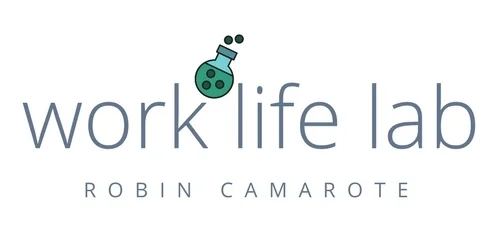I came across The Good Men Project during a typical click to click to click browsing session. I was curious to learn what was meant by "good men" and why the hell this too had to have the "project" bit at the end. (I think PMI's relentless marketing is to blame for the runaway use of this term for anything and everything people want to say, do, or explore on the Internet. Time for a universal find and replace!)
Anyway, I got sucked in and spent a good hour or so clicking around trying to understand what good men are talking about. Scanning the site, I saw stuff on social and family issues, professional challenges, and personal values. This are thoughts on how to raise good children, achieve work/life balance, and improve relationships.
I was surprised. I guess not surprised that men were talking about these things (after all there are men's opinions all over the place) but previously unaware that they were swapping views within a circle of other men.
Prior to coming across this site, I'd imagined that most man-to-man conversations (outside of work or direct father to son type stuff) were focused on sports, maybe a little politics, and on the one slow sports day each year, you might get a a calendar review that went something like, "I went to X, then ate Y, then sat in traffic back to X."
To my knowledge, no such site exists for women. In fact, women have been trying to un-have the conversation about what makes a "good woman" for more than 50 years now.
It made me wonder what people are talking about within their circles of same-ness. For me? I have a pretty good handle on running conversations among federal management consultants (procurement is broken), working moms (there's never enough time), and half-assed vegans (green smoothies count, right?)
Reflecting on what people are talking about with others they view most similar to them (in life stage, circumstance, interests, race, religion, and so on) provides a lot of insights into their worries and priorities. Understanding these ongoing conversations is important-- not so that we can parachute in to solve them-- but so that we can better understand each other, be more empathetic, and more helpful when the opportunity presents itself.
It's sometimes difficult to answer the question-- what's on your mind? To get to the same place we might instead ask, what are you talking about?











